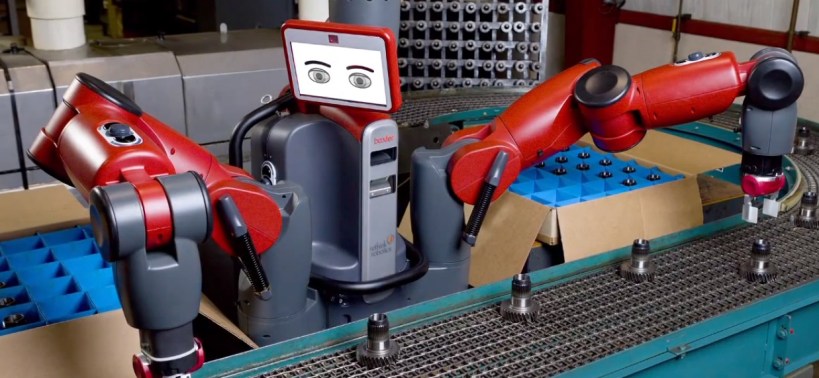
I told them to not to waste resources on catching up, but to instead leapfrog India. Indian industry is a victim of its own success and is trying to defend a sinking turf. That is one of the reasons I canceled my trip to India this month — the Indian industry confederation NASSCOM was unable to focus on the future.
[aditude-amp id="flyingcarpet" targeting='{"env":"staging","page_type":"article","post_id":577609,"post_type":"guest","post_chan":"none","tags":null,"ai":false,"category":"none","all_categories":"business,","session":"C"}']I say this because the I.T. departments that India’s outsourcing companies sell to are losing their power. With users having home access to iPads, social media, and downloadable apps—all of which are more sophisticated than what I.T. departments usually offer — user departments don’t need I.T. as much as they used to. They are themselves choosing solutions from companies such as Salesforce.com, Google, and Microsoft — which use cloud computing to provide the infrastructure. As a result, the hundred-million-dollar outsourcing deals are fewer and further between. And the trend toward user control is accelerating.
My advice was that Mexico target another emerging market, one that is likely to be bigger than I.T. services and that it is in the catbird seat to own. It can leapfrog Indian I.T., which is busy defending its outsourcing turf and has become complacent because of its size.
AI Weekly
The must-read newsletter for AI and Big Data industry written by Khari Johnson, Kyle Wiggers, and Seth Colaner.
Included with VentureBeat Insider and VentureBeat VIP memberships.
The opportunity is to help America re-automate its manufacturing industry. I have written previously about Chinese manufacturing’s having peaked and about why it is nearly certain that manufacturing will come back to the U.S. Advances in robotics, artificial intelligence, and 3D printing are going to savage China’s labor-cost advantage.
Take the Baxter robot (pictured above), which Rethink Robotics announced recently. It has two arms, a face that displays simulated emotion, and cameras and sensors that detect the motion of human beings that work next to it. It can perform assembly and move boxes — just as humans do. It will work 24 hours a day and not complain. It costs only $22,000. It’s just one of many advances to come.
Artificial Intelligence (A.I.) is making it possible to develop self-driving cars, voice-recognition systems such as Apple’s Siri, and computer systems that can make human-like decisions. A.I. technologies are also finding their way into manufacturing and are powering robots such as Baxter.
A type of manufacturing called “additive manufacturing” is making it possible to cost-effectively “print” products. 3D printers can create physical mechanical devices, medical implants, jewelry, and even clothing. The cheapest 3D printers, which print rudimentary objects, currently sell for between $500 and $1,000. Soon we will have printers for this price that can print toys and household goods. By the end of this decade, we will see 3D printers doing the small-scale production of previously labor-intensive crafts and goods. In the next decade we may be 3D-printing buildings and electronics.
These technologies are becoming available and cheap, but America’s manufacturing plants aren’t geared up to take advantage of them. This is what opens the opportunity for Mexico. It can set up automated factories across the border that manufacture at costs comparable to China. Mexican services firms can master the new technologies and help American firms design new factory floors and program and install robots. This is a higher-margin business than the old I.T. services.
Rather than focusing on yesterday’s markets and technologies, Mexico’s firms could be focusing on tomorrow’s advances and become America’s automaton workshop. With Mexico’s growing skilled workforce and its proximity to the U.S., this could be a big win for Mexico and for the U.S.
[aditude-amp id="medium1" targeting='{"env":"staging","page_type":"article","post_id":577609,"post_type":"guest","post_chan":"none","tags":null,"ai":false,"category":"none","all_categories":"business,","session":"C"}']
Vivek Wadhwa is a fellow at the Rock Center for Corporate Governance at Stanford University and is affiliated with several other universities. Read more about Vivek Wadhwa’s affiliations. You can also follow him on Twitter — @wadhwa.
VentureBeat's mission is to be a digital town square for technical decision-makers to gain knowledge about transformative enterprise technology and transact. Learn More